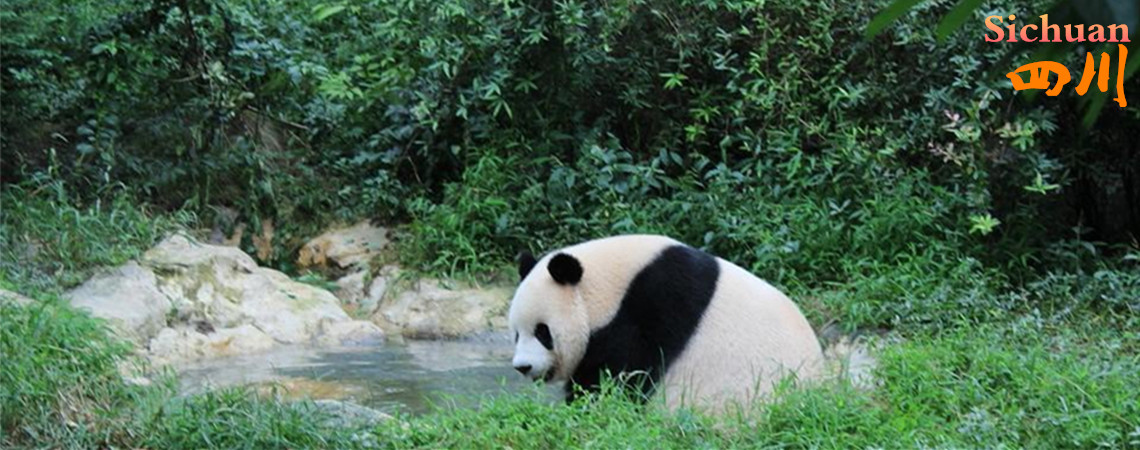Skype: neodalle-travel
Tel: +86 135 7447 2266
E-mail: sales@visitaroundchina.com

Climate & Weatehr in Sichuan Basin
Sichuan Basin features a subtropical monsoon climate, characterized by a warm winter, arid spring, hot summer and rainy autumn. The average temperature is 5-8℃in January and 25-29℃ in July, with an annual average temperature of 15-19℃ and a frost-free period of 280-300 days. Its average temperature in January is higher by over 3 degrees than that of the middle and lower reaches of the Yangtze River with the same latitude, resulting in a foggy and moist weather with few sunshine hours. Chengdu experiences 250-300 rainy days a year, a climate featured by more rain and less sunlight.
Climate & Weatehr in Southwestern Sichuan
Southwestern Sichuan Mountains have a vertical climatic zone. For example, within a height difference of 6,500 m from the bank of Dadu River to the peak of Gongga Mountain, there are representative plants of subtropical zone, warm temperate zone, temperate zone, cold temperate zone, sub-frigid zone and frigid zone. Glaciers, indicative of frozen zone, can be found only 2,800 m above sea level and is said to be the lowest glacier by latitude in the world. The Jinshajiang River Valley features a south subtropical climate, similar to that of Xishuangbanna, Yunnan. The transition of dry and wet seasons is quite obvious. The rainy season is from May to September while the dry season is from October to the next April. With plenty of sunshine and warm winters, it is an ideal winter resort.
Climate & Weatehr in Northwestern Sichuan
Northwest Sichuan Plateau is in the subtropical zone but it has a typical plateau climate - a long winter and no summer; low precipitation with concentrated rainfall; large temperature difference between day and night, strong sunlight and plenty of sunshine. In a sharp contrast to that in the Basin area, its annual sunshine reaches 2500 hours. Ganzi, known as the “Little Sun City,” has the most sunshine in Sichuan Province. Shiqu, called the “cold pole” in Sichuan, has an annual average temperature of -1.6℃, an average temperature -12.5℃ and an extreme minimum temperature of -35.0℃ in January.
 Ask Questions ?
Ask Questions ?